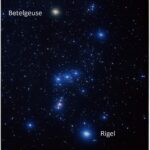
Standing under a starry sky on Earth, the variety we see among those distant points of light is mostly limited to their brightness. If we peer closely, we can see some color variation as well. In the winter constellation of…

Standing under a starry sky on Earth, the variety we see among those distant points of light is mostly limited to their brightness. If we peer closely, we can see some color variation as well. In the winter constellation of…

To put an object into orbit around the Earth takes an impressive amount of power. You have to punch your way through the lower and thicker parts of the atmosphere, gradually change your direction from vertical to horizontal, and accelerate…
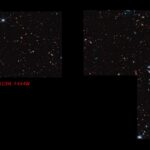
The James Webb Space Telescope (JWST) has elicited well-deserved plaudits for its ability to peer far back into the early days of our universe, only a few hundred million years after the Big Bang that birthed it. Webb’s infrared vision…
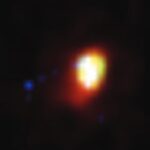
“No one was expecting anything like this.” So says Michael Boylan-Kolchin of the University of Texas, Austin in a recent issue of Science. As I would tell my astronomy students, this is when things begin to get interesting. The James…
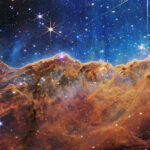
In the post previous to this one, we discussed two of the five operational images released from the James Webb Space Telescope (JWST) on July 12th. Let’s take a look at the remaining three. A QUINTET OF GALAXIES (OR IS…
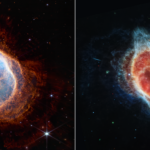
The James Webb Space Telescope (JWST) has released the first of its “operational” images—ones that do actual science instead of ones involved with necessary alignment of the optics. What do they show us? First, let’s do a brief overview of…